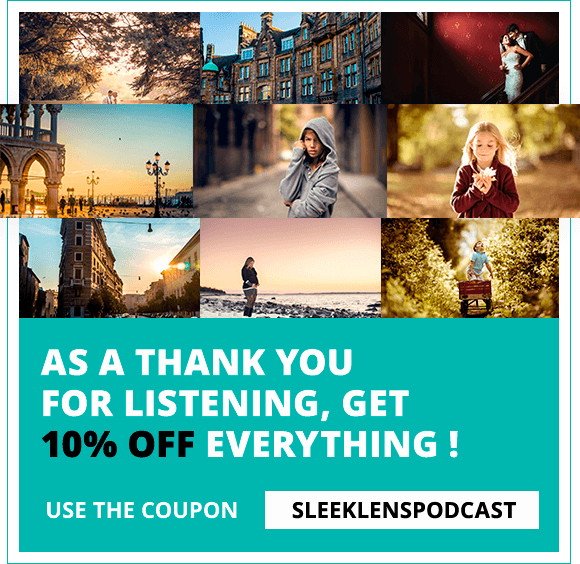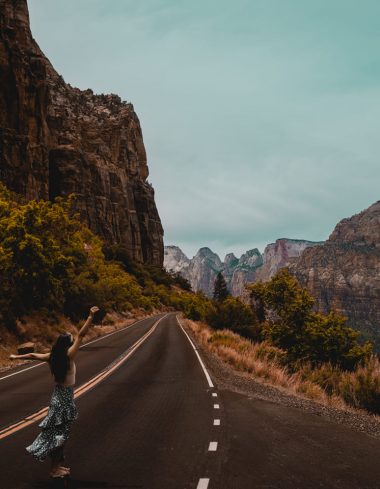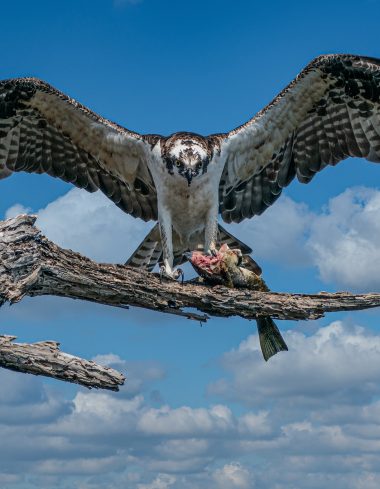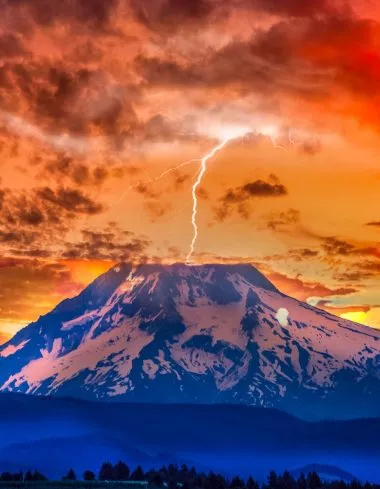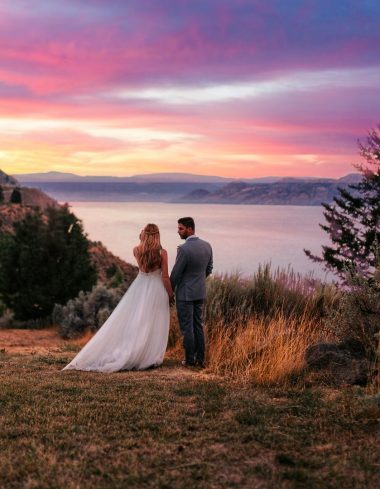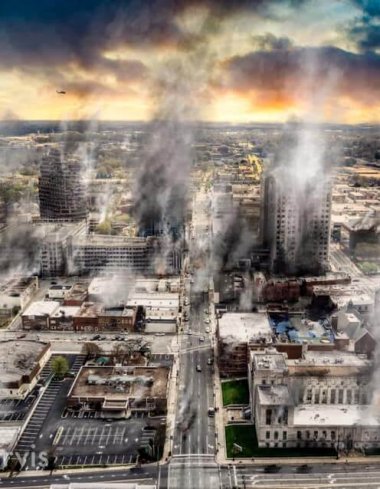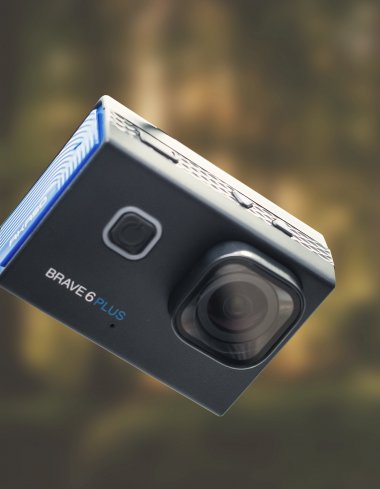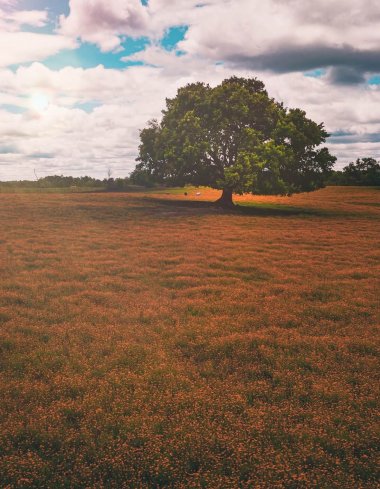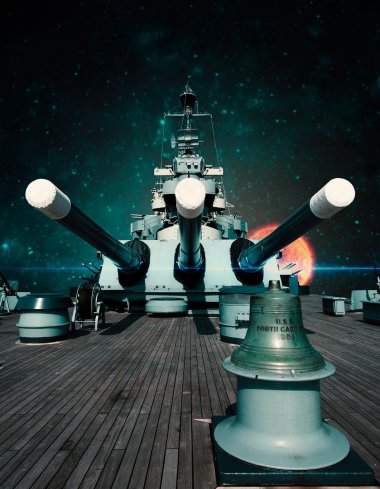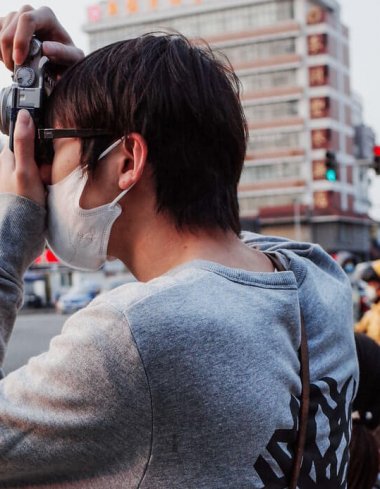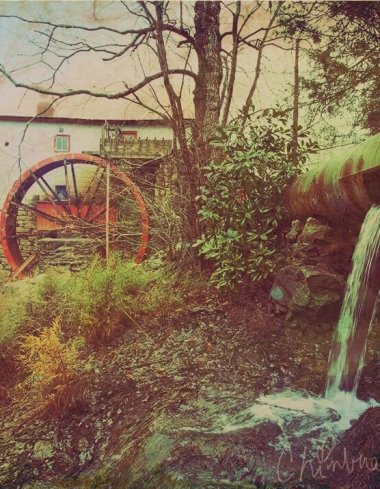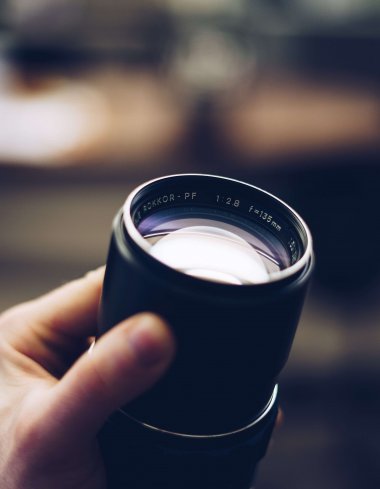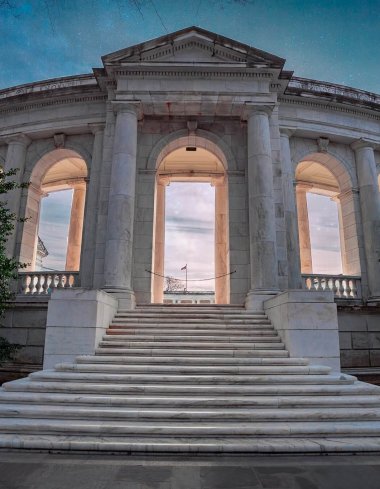This writes up revisits some basic things as a way to answer some questions many people have been asking, and most of these are beginners. I have composited 3 top questions that are being asked, and these are quite simple especially for people who’ve been in photography for a long time and knew the answers to these questions already. If you are not a super beginner, you probably might find this to be a miniature episode, but there are beginners out there who’re asking the same questions over and over again. As such, this episode will help by answering these quick and easy questions because everybody joining the field of photography has the same kind of questions. Below are the questions and the answers: –
-
What is exposure triangle?
This is one of the main questions that I get, and beginners would like to know what exactly exposure triangle means. To answer this question, I won’t go into super technical details but instead, make it as easy as possible for beginners to understand. I will go over a basic overview of what exposure triangle is and how each point of exposure triangle affects your photography.
The exposure triangle is basically made of 3 “settings” which you can set in your camera to determine how much light will be coming in. Photography is all about light, and you’re capturing light, and the three branches of exposure triangle will be an aperture, shutter speed and ISO.
Aperture
We shall begin by talking about aperture, and this is normally the hardest for many people to understand when they’re starting in photography. Aperture is basically a setting in your camera that controls your lens. If you a traditional DSLR, and have your camera and lens attached, you will see that when you change the aperture, it is represented by “f” number. You might see an “f” number that says something like f 5.6 or something like that. That is your aperture. The lower the number, the wider the opening of your lens and by this, you are not affecting anything in your camera but in the lens. The lower the number means that you’re le
tting in a lot of light into the camera and this will allow you to capture, for example, something that’s fast moving and since you are letting in enough light, you will have a better exposure. This also affects what is known as “depth of field” which basically is how much of your image is in focus. If you have a lower number in your camera that means that the camera lens will be opening a lot wider and thus letting in a lot of light and also less of your photo is going to be in focus. It, however, does not mean that your photo will be out of focus if you have a low number but it’s going to be harder to get your subject in focus especially if it is moving. It’ll be a lot easier if you are in a studio setting, and you can lock your focus.
But on the other side, you have a higher number in your aperture, and so, if you would set your camera aperture to a higher number like f22, f18 or somewhere around there, it means that the higher the number, the smaller the hole diameter and thus you’re letting in less light. This is really helpful if you want to capture something in a very bright situation and you want to let in less light since your sensors are going to be overexposed and this is one way to kind of back that down and just like the opposite of a lower number will affect your depth of field allowing less of your image to be in focus, a higher number will represent how a lot more of your image will be in focus. So, basically from front to back, from foreground to background will be completely in focus traditionally depending on whether you have a forefront camera or a crop sensor camera, but for the most part, you’ll have more of your image in focus. Once again it is important to note that having a lower number will let in a lot more light into your camera and a higher number will let in less light, but both of these will affect the depth of field of your image.
Shutter speed
Shutter speed is kind of an easier one to understand. In your camera, there’s what’s called a shutter, and this is basically a door that opens and closes thus allowing light or scene to be hitting your camera sensor. So, basically, when we talk of shutter speed, we are talking about how long you want that door in your camera to be opened. So, if you want it to open for 500th of a second, which means you will let that door stay open for 500th of a second and you’re going to let in just a little bit of light into your camera to hit the sensor. This is really great for capturing something that is fast moving such as an athlete running down the field, and you want to freeze that motion. That’s one way of doing it but on the other side, if you set your shutter speed to a very long shutter speed, such as 5 seconds or something like that, what you are doing is letting in a lot more light into your sensors which allows you to capture stuff in low light situations especially if you are doing maybe like a night landscape photo where obviously you can’t set your aperture and shutter speed to allow less light. You need to allow in as much light as possible to capture a really nice scene. As such, you’ll need to set your shutter speed to a long speed to allow it to gather in as much light as possible.
ISO
This is the last branch of the exposure triangle and is probably the easiest one to understand. The ISO basically tells your camera sensor how sensitive it needs to be to the light. So, if you have a scene like a low light indoor scene at night, for example, you may have to bump your camera to a higher ISO meaning your camera will have to be more sensitive to that light allowing you to get a better exposure. This does introduce what’s called noise, and you might see some grains in your photo. That’s one downside of having a higher ISO but the lower the ISO you go, the less sensitive your camera is the light and the lesser noise you will see.
That’s the basic of the exposure triangle, and I’ve tried to simplify it as much as possible just to help you understand. However, once you get your camera and go to the backyard, put the manual mode and play with the settings, you will have the best way to understand it and see how each setting affects your scene.
-
Should I shoot in raw or jpeg?
Most photographers here the terms raw and jpeg and most of the time they hear the term raw they don’t understand what it means and they think they should shoot in it just because everybody says to. But there are actually times when shooting in raw is beneficial and there are others when shooting in jpeg is beneficial as well.
Shooting in raw format
If you are shooting in raw, what you are basically saying is that you want your camera to do nothing to your image. You want to be able to control everything with your image, not in camera basically but when you get to editing software such as Photoshop or Lightroom you want to control everything such as lighting, color, sharpening and all of that stuff. So, your camera is not going to touch your photo at all, and it’s up to you to edit. A benefit of that is that you can have as much information in your image as possible. So, if you want exactly spot-on on your exposure, you can easily correct that using Photoshop or Lightroom. The downside of using raw images is that they have to be processed. A lot of people think that you can shoot in raw and share your photos immediately on social media platforms but you have to actually process image or rather do something to it to make it an acceptable format to email or share online.
This leads to the question, “when is jpeg acceptable or beneficial to use when shooting?” well, I always think of it this way… if I’m going to a family event such as a family reunion and need to capture the people there and a little bit of the scene, I don’t have to worry about taking all my photos, maybe one hundred and fifty from the night and drag them into Lightroom, change the exposure and all that but I just want to be able to capture the scene, the environment, the people and have those photos for memory purposes. I’m not seeking to win an award or anything, and that’s why I don’t want to spend so much time processing because I don’t need to. So, if I’m going for a personal event or something like that, I will set my camera to jpeg mode just because I don’t want to deal with processing of the images. Then if I’m going for a job or someone hires me, I’ll switch to raw so I can have as much information as possible to play with and deliver the best images as I possibly can.
You can also mitigate this by shooting in both raw and jpeg at the same time. A lot of cameras allow you to do this and so when you take a photo, it will record the raw image and jpeg processed images as well on your memory card so you can have both options. If you are worried about having to switch back and forth, this is also a great option as well.
-
What lens should I invest in first?
This is the last question that I get and probably the toughest to answer. When I’m thinking about this question, I have a particular camera lens that I recommend all the times just because it’s probably one of the best and cheapest lenses that you can grab. It is very versatile, and you can do a lot with it, but this also depends on the kind or style of photography you shoot. There is no “one size fits all” kind of gear that everyone should use, and it really depends on your style of photography. But one lens that I think everyone should have in their camera bag is the 50mm f/1.8. Whether you shoot with Canon, Nikon or whichever camera brand you shoot with, most of the time you’ll find a 50mm prime 1.8 lens. Obviously, if it’s a 50mm lens, you will not have so much versatility with it because it’s not a wide-angle enough to do landscapes, real estate photography or anything that requires a wide angle view. It’s not telephoto enough to be able to capture wildlife or anything like that. It’s basically just a small lens that has a very fast aperture at f 1.8 for you to get a very blurry background for your images. One advantage with this is that it’s very great for portraits and so if you like shooting people or candid photos or basically want a lens that’s doesn’t look very intrusive, like when you are doing street photography and want to take a 50mm 1.8 it makes your camera shrink down so much because the lens is so small that your camera doesn’t look intrusive at all.
With this, you can typically take many photos than you would if you had a 100mm or 300mm zoom lens because that would be a big lens to carry around and you probably look obnoxious carrying that if you are doing a little bit of running and gunning around on the streets but it is a very good lens if you want to practice with just using one focal lens and so basically you’re zooming with your feet and have to walk to the subject to get closer or back up to get further away and you can also play with the benefits of using a 1.8 f lens which are very bokeh, blurry background and also allow more light to come into your camera because you have an f 1.8 and you can shoot in a little bit lower light situations and still get really good exposure.
I find these lenses to be great if you shoot videos with your DSLR. You have video option on most cameras, and this is a great option. And you can get very good quality videos from this lens, and it actually looks more professional because you have the f1.8 (f1.8 is like the selling point) to really blow up your background so if you’re maybe recording an interview or someone, you can focus on your subject and blow up the rest of the background, and it looks like a really professional look.
Those are the top three questions that I get from beginner photographers all the time. Hope the breakdown does give you a better understanding of these topics.

